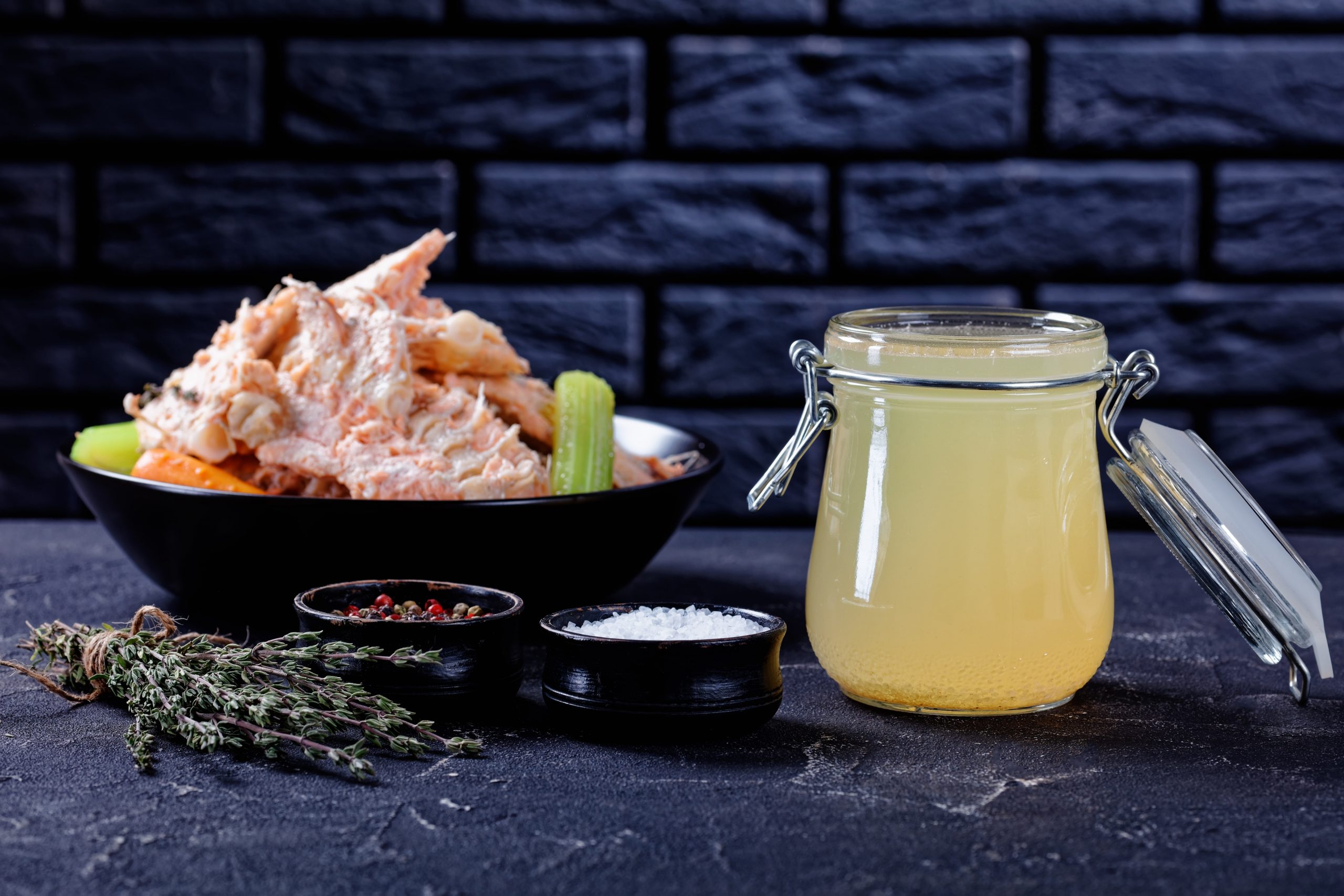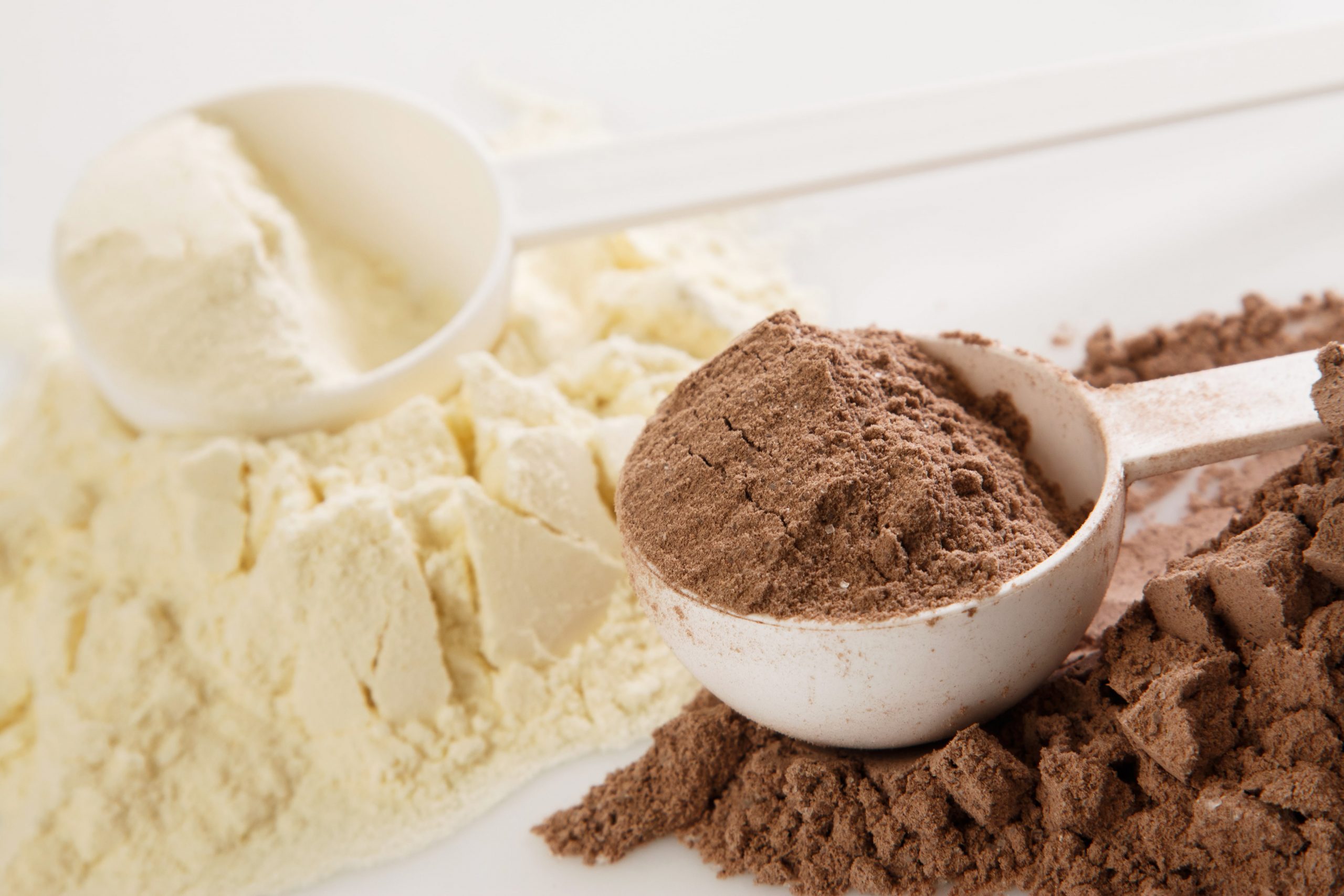Stock and broth are gaining popularity as superfoods. They are delicious liquids made from different parts of the animal, such as bone and meat.
Many people fail to differentiate stock and broth and sometimes use the two terms interchangeably. It is worth noting that the two words are different. For instance, the broth is made from meat either with or without vegetables and has a thinner consistency. On the other hand, the stock is made from bones. It has a thicker consistency due to the collagen protein percolating out of the bones on cooking. This article is meant to elite on thepreparation and differences between the two diets.
What Broth Is All About
The broth is prepared traditionally by simmering meat, vegetables, and herbs in water that covers the meat throughout the cooking. The liquid obtained is used for cooking various meals due to its flavor. The term “broth” was used to refer to only liquids made from meat. However, in the contemporary setting, broth has revolutionized into vegetables and herbs. Furthermore, in most cases, the broth is made from beef, chicken, and vegetable even though another type of meat is used.
In recent years, bone broth has climbed the ladder of superfoods. For instance, it is made by boiling bones, vegetables, and herbs in water for about 24 hours. It is important to note that bone broth should not be addedto the broth. It is specifically termed as stock. This is because it requires the addition of bones in cooking. Therefore, in this article, we will refer to bone broth as stock to avoid confusion.
The broth has a nice flavor that is generated by meat, vegetables, and herbs. Therefore, it is you can drink it plain to relieve cold or flu.Mucus in a stuffy or congested nose iseffectively cleared by drinking warm broth and steaming. In fact, kitchen broth is the best option for this purpose.The broth iseasily cooked for a shorter time to preventthe meat from becoming tough. Therefore, it is advisable to cook your broth for at least one hour to obtain an evenly cooked meal.Furthermore, you can use your meat to prepare other recipes or chop them into smaller pieces and cook with broth to create a thick soup. Many people use broth to cook other meals because it is thin in consistency and more flavorful. The most common dishes added to broth include; cooked grains and legumes, soups, sautéed dishes, risotto, casseroles, cream sauces, dumplings, gravies, and kinds of stuff.
What You Need to Know About Stock
Unlike broth, the stock is made from bones instead of meat. It is made by boiling bones or cartilage in water for 24 hours. This is meant to extract collagen and bone marrow from bones into the water. For this reason, the stock has a thicker consistency close to that of gelatinous compared to the broth.
This implies that the time usedfor cooking stock is longer compared to that of broth. This is due to the hardness of bones and collagens that requires 8 hours to release stock.Therefore, thethickness is obtained because of the longer time spent on cooking bones and cartilages. Stock is prepared from different types of bones, but the most commonly used include; chicken, fish, pork, and beef bones. Unlike broth, which is mostly used for cooking, the stock is used as an appetizer or a neutral base in recipes. You need to clean out all meat from bones before you begin cooking your stock. In addition, you should not add seasonings and aromatic ingredients to make a neutral stock.
Do you want your stock to be more flavorful? Cook with meat, herbs, vegetables, parsley, onions, thyme, and bones that have meat on. As a result, you enjoy a delicious meal close to broth even though they differ in thickness. Furthermore, the stock is used in cooking various common meals, such as stews and soups, cooked grains and legumes, gravies, cream sauces, tomato sauce, and braising liquid.
Could There Be a Difference In Their Uses?
While reading the article, probably, you noticed that the uses of broth and stock are similar. As highlighted above, the two belong to one thing. There is no offense in using them interchangeably, especially in recipes. You may be tempted to weigh their taste. In this case, use you can use broth that is more flavorful, especially broth-based soup.
How About Health Benefits Between The Two?
When it comes to health and nutrition, broth and stock have different properties. According to the database in the Self NutritionData, 273 ml (one cup) of broth contains half of the calorie to that in stock. For instance, 38 calories are present in one cup of broth, while the same stock contains 86 calories.Additionally, the stock is loaded with more proteins, fats, and carbs than the broth containing lower amounts of vitamins and minerals.
Health-wise, the broth is a good option for those following a calorie-restricted diet. The stock is proven to have more nutrients, amino acids, minerals, collagen, and marrow. Therefore,they have several potential health compared to stock, such as supporting joint health, protecting the digestive tract, and promoting a night of quality sleep.
Moreover, adding onions, parsley, vegetables, and herbs in both broth and stock increases your intake of antioxidants, vitamins, and minerals.
Conclusion
The broth is typically made from meat, vegetables, and herbs. While the stock is made from fish, pork, or beef bones. Furthermore, the cooking time of broth isless than one hour, while the stock cooks between 6 and 8 hours. The stock has more calories, carbs, fat, vitamins, and minerals, making it more beneficial than broth. However, broth is a good option for those following a calorie-restricted diet. Therefore, as much as the two diets differ in contents capacity, they are important in many ways.
- Our Big Kitchen’ (OBK) is a non-profit organization located in Sydney, Australia - April 10, 2023
- Duos CBD, a hemp product E-commerce website - April 10, 2023
- SOFA SPOONING SEX POSITION - April 7, 2023









